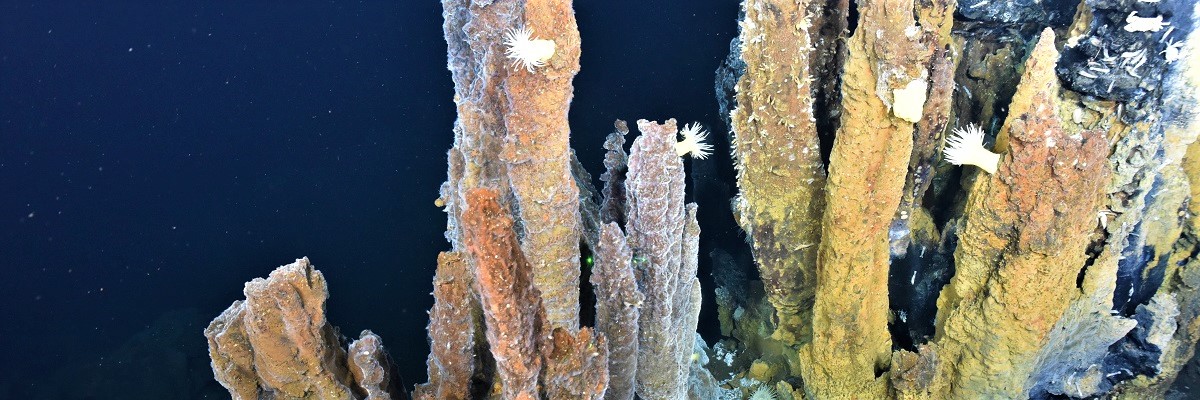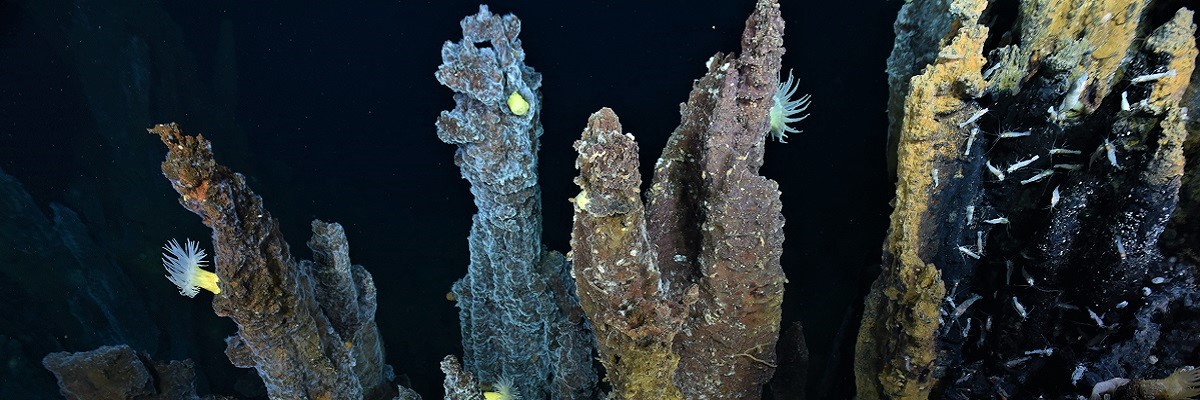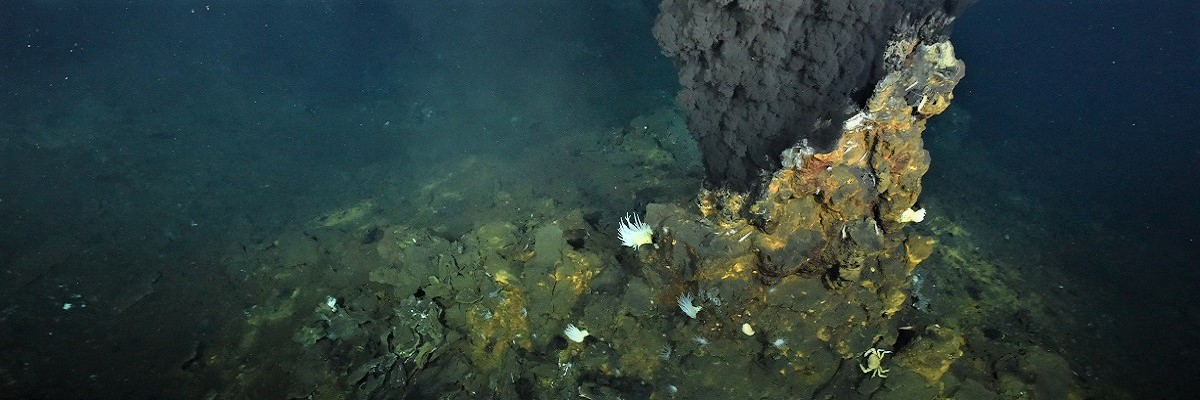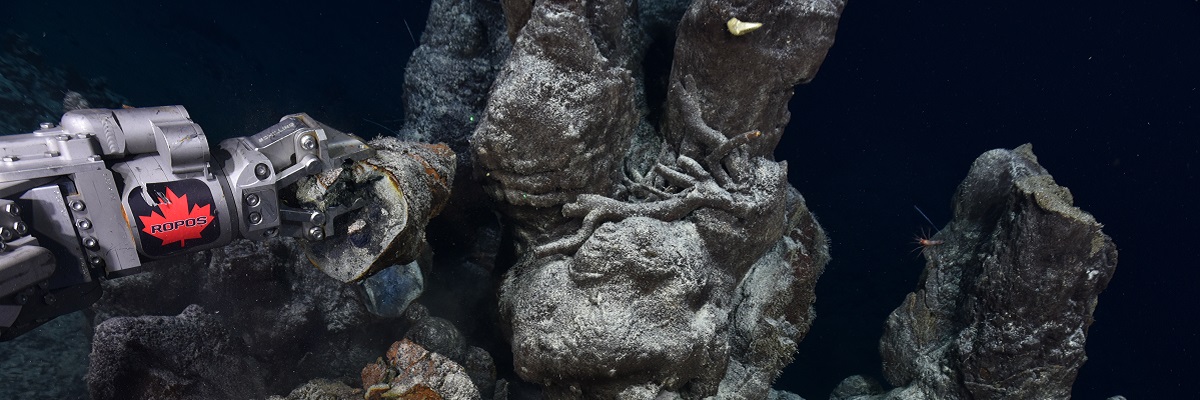KIOST Expedition Summary
RV Isabu, October 11 – November 29, 2021
The CSSF team implemented a staggered travel plan to Korea to ensure expertise was available for the integration of ROPOS on the RV Isabu at appropriate times. The bulk of the team arrived in later September and coalesced in Busan, a large port city at the Southern extent of the Peninsula.
A number of factors impacted the departure of this expedition including challenges with shipping, COVID infection and weather. Ultimately, once a typhoon near Taiwan moved on, the RV Isabu was able to leave the KIOST pier on October 11.
Due to the risk that a COVID outbreak posed to the success of the expedition, the management at KIOST determined the safest approach would be to have the entire expedition crew on board for the two and a half weeklong transit from Korea to the Indian Ocean. For the CSSF team, this time was well spent maintaining and configuring the ROPOS system for the upcoming operations. Concerns around piracy in the Strait of Malacca saw the ship transformed into what looked like a floating prison with razor wire encircling the vessel at the lowest points. The ship crew also included security personnel with special training in piracy. Once clear of the Strait of Malacca the RV Isabu headed West towards the first science sites, just SW of the Maldives.
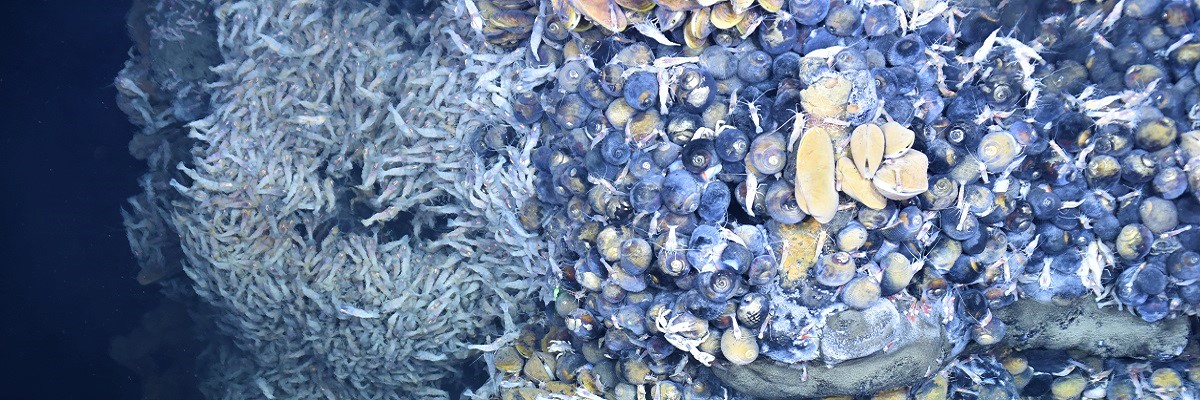
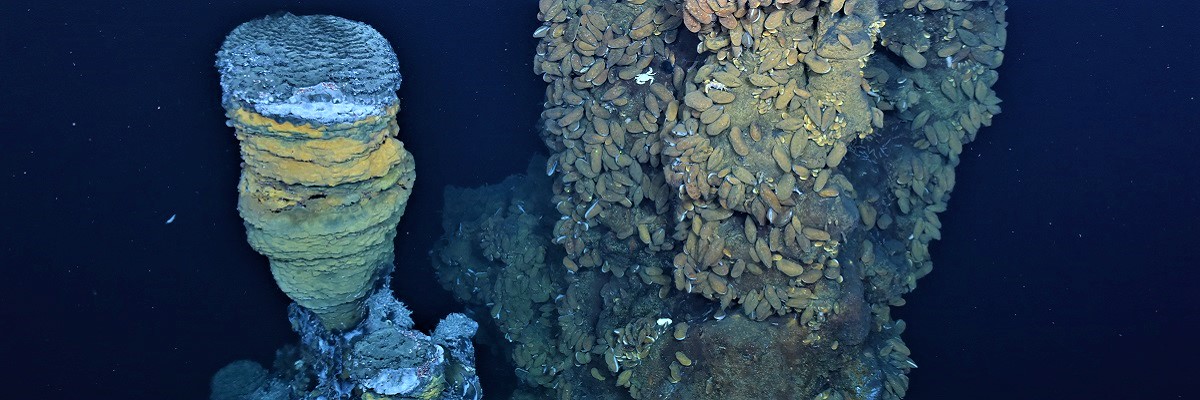
Leg 1 - Biological Investigation
The first scientific leg of the expedition was focused on biological investigations of the hydrothermal vents in the previously discovered Onnuri Field, and the exploration of four other sites in the region with potential for hydrothermal activity. The operational mode was 12 hours of ROV time per 24-hour period, and dive activities included visual inspection and mapping of hydrothermal vents, biological and environmental sampling (benthic animals, plankton, bacterial mats, seawater, plume water, sediments) and geological sampling (chimney/rock fragments). To compliment the environmental sampling, several instruments were integrated with ROPOS, including Methane and CO2 instruments, an Oxidation-Reduction Probe (ORP) and a second CTD with additional sensors including pH.
12
Days
12 days on site, ROPOS completed 11 dives, totalling 117 hours of dive time.
3
Active sites discovered
3 new active vents discovered at the study area on the Central Indian Ridge with 2,500+ pictures taken for photo-mosaic generation of the Onnuri vent field.
570+
Samples
50+ push cores, 20+ rocks and geological samples, and 500+ biological samples collected.
